Intel’s Overture to Apple Signals Desperate Bid for Revival
Input
Modified
Limits of self-recovery push Intel toward outside funding
Uncertain future despite U.S. government and Nvidia support
Two companies share vulnerabilities, but synergy remains unclear
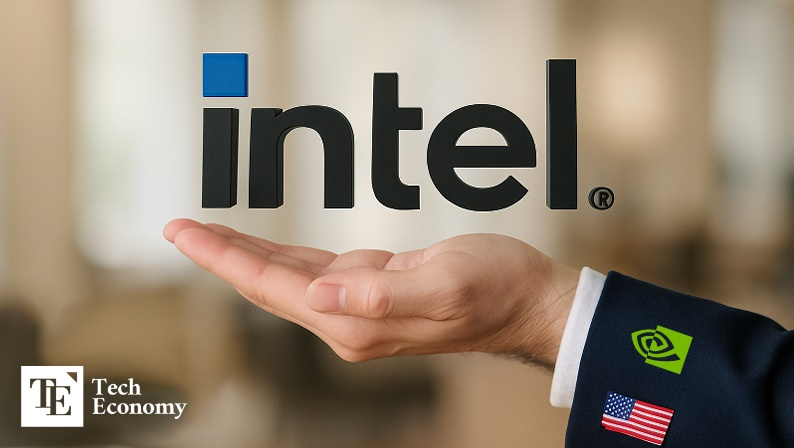
In an unprecedented crisis, Intel has turned to Apple with a request for investment participation, pulling out what it hopes will be a turning point for survival. Whether the talks will translate into an actual deal remains uncertain, but the market responded immediately by lifting Intel’s stock price. With the possibility of rekindling a partnership that has seen cycles of collaboration and separation, the semiconductor industry is closely watching. Yet Apple itself faces setbacks from a weakened position in the AI race and sluggish smartphone sales, making it far from clear whether the talks will provide mutual rescue or signal deeper troubles ahead.
Symbolism of ‘Alliance with Apple’
According to Bloomberg on the 24th, Intel is in early discussions with Apple on investment and cooperation. Citing multiple sources, Bloomberg reported, “The two companies are exploring broader cooperation as well,” while cautioning that “the talks are at a preliminary stage and the prospects are uncertain.” News of the talks sent Intel’s stock up 6.4% to close at $31.22, while Apple slipped 0.9% to $252.31. The contrasting market reaction underscored Intel’s desperation and the stakes attached to Apple’s potential involvement.
Intel’s outreach drew attention as a reversal toward a company that was once its biggest customer before moving on. From the mid-2000s, Intel supplied chips for Apple’s Mac computers, forging a close partnership, but the relationship cooled after Apple switched to its own silicon in 2020. Apple’s 2019 acquisition of Intel’s modem business preserved a partial link, but reconciliation seemed remote. If Apple accepts Intel’s proposal, the tie would be substantially renewed after five years.
The partnership could bolster confidence in Intel’s recovery prospects and ripple across the U.S. semiconductor industry. Apple announced in August at a White House event that it would invest $600 billion in the United States over the next four years to strengthen domestic manufacturing. A partnership with Intel could thus serve as both a policy win and a practical response to pressure to expand U.S. production. Industry observers suggest Apple might allocate part of its orders to Intel’s foundry operations, potentially using Intel’s mature process technology to produce smartphone application processors.
Yet such a scenario faces real limits. Apple already relies entirely on TSMC for the high-performance chips used in iPhones and MacBooks, giving it little incentive to shift substantial volume to Intel. With Intel still struggling to close its technology gap and repair its foundry business, whether Apple alone could rescue it remains doubtful. The key question is whether this initiative will amount to more than a symbolic gesture shaped by each company’s strategic calculus.
Persistent Weakness in Foundry and Technology
In the second half of this year, Intel has stepped up efforts to secure large-scale investment from both the U.S. government and leading companies. In August, the Trump administration acquired a 9.9% stake in Intel, injecting about $9 billion, and declared the company a “U.S. government enterprise.” This made Washington Intel’s largest shareholder, overtaking BlackRock, which held 8.92%. Yet industry observers largely dismiss the move as symbolic, noting it merely converted already planned CHIPS Act subsidies into equity form without resolving Intel’s competitiveness gap.
The deal also stirred controversy over cronyism. Reports that Intel CEO Lip Bu Tan transferred part of the company’s equity after meeting President Trump fueled criticism of “crony capitalism,” with policy support allegedly driven by personal ties. The Washington Post argued, “The U.S. is effectively following China’s model,” warning that excessive favoritism toward specific industries could deepen structural weaknesses.
This month, Nvidia invested about $5 billion to acquire a 4% stake in Intel. The two firms also announced joint development projects: integrating Nvidia’s graphics technology into Intel’s next-generation PC chips and combining Intel CPUs with Nvidia’s AI accelerators for data centers. The announcement sent Intel’s shares soaring nearly 28% in a single day to approach $32, while Nvidia gained more than 3%. Rival AMD fell 2.7%, reflecting the market’s swift reaction to the partnership.
Still, the absence of a foundry agreement raised concerns that the most vulnerable link remains unresolved. Intel’s foundry division posted a $7 billion loss in 2023, followed by a $13 billion loss last year, deepening structural weakness. The company has reported six consecutive quarters of losses, while its stock has plunged 60% over the same period. Analysts agree: “Without yield improvements, securing new customers is impossible, and Intel’s recovery prospects remain limited.” Nvidia’s stake has boosted sentiment in the short term, but it leaves Intel’s fundamental foundry problems untouched.
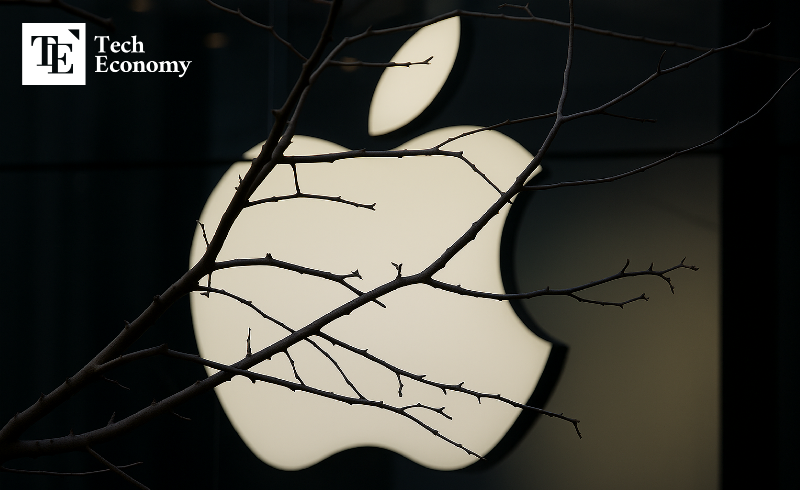
Apple Struggles with Smartphones and AI
Apple, the latest name floated as Intel’s potential savior, is hardly in a strong position itself. Once synonymous with innovation, the company has stumbled in AI, earning a reputation as a laggard while losing key talent. Its proprietary AI platform, “Apple Intelligence,” introduced last year and tied to Siri’s revamp, has suffered repeated delays, leading Apple to consider integrating ChatGPT into iPhones and Google’s Gemini into Siri. At least 12 AI specialists have left the company, widening its technology gap.
Apple’s flagship smartphone business is also faltering. Market research firm Canalys reported that U.S. iPhone shipments fell 11% year-on-year to 13.3 million units in the second quarter, dropping its market share from 56% to 49%. Over the same period, Samsung boosted shipments by 38%, raising its share to 31%. In China, Apple’s second-largest market, its revenue share fell from 20.8% in the first quarter of 2022 to 16.8% in the second quarter of this year. Local brands like Vivo and Oppo, buoyed by nationalist consumer sentiment, gained ground as Apple lost its foothold.
Regulatory and legal headwinds compound the challenge. The U.S. Department of Justice and 16 states have filed an antitrust lawsuit, alleging Apple restricted external apps and payments to entrench its ecosystem. The European Union has fined Apple $540 million for violating the Digital Markets Act and signaled penalties could rise to as much as 10% of global revenue. Meanwhile, Elon Musk, CEO of xAI, accused Apple of conspiring with OpenAI to stifle competition in AI. The mounting legal offensives are eroding trust in Apple’s brand.
The U.S.-China conflict is the biggest test. Trump has demanded “Made in USA” iPhones, pressuring Apple to shrink its reliance on Chinese production. But shifting supply chains risks lost sales, while U.S.-based manufacturing could drive up costs and depress demand. With these overlapping setbacks, Apple’s stock has fallen about 20% since the start of the year, trailing far behind Alphabet, Amazon, and Meta. Whether its talks with Intel will mark a new path forward or amplify both companies’ crises remains uncertain.

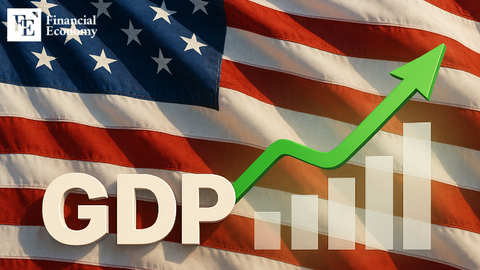

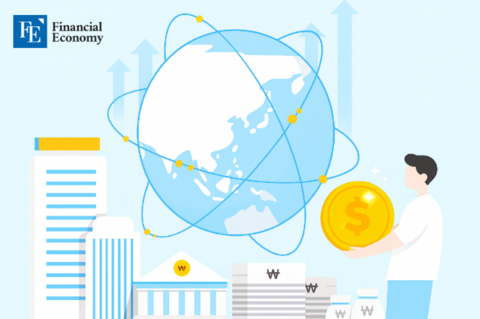
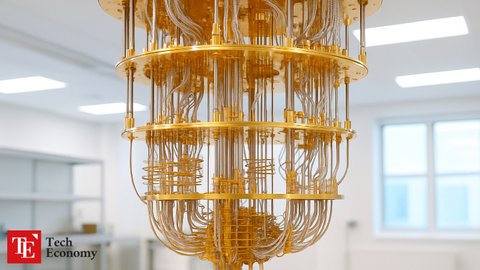

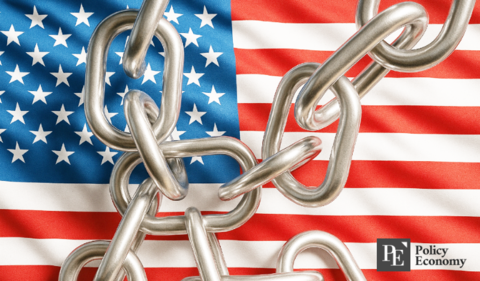
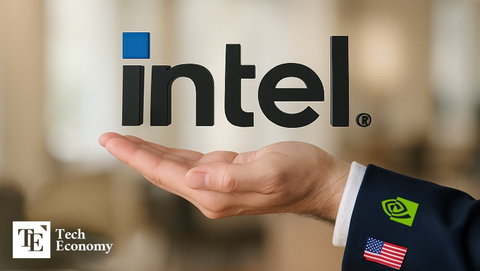
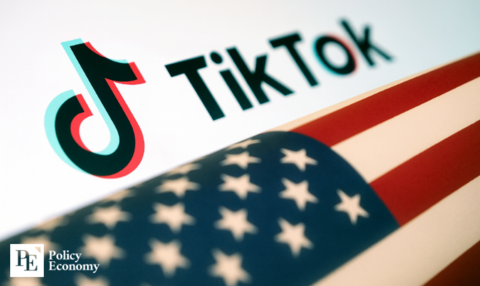
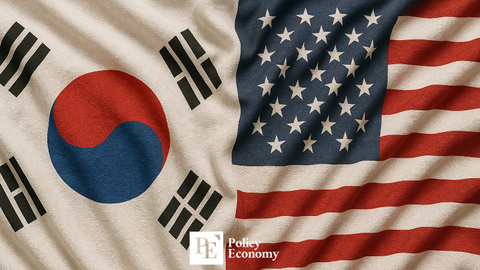












Comment